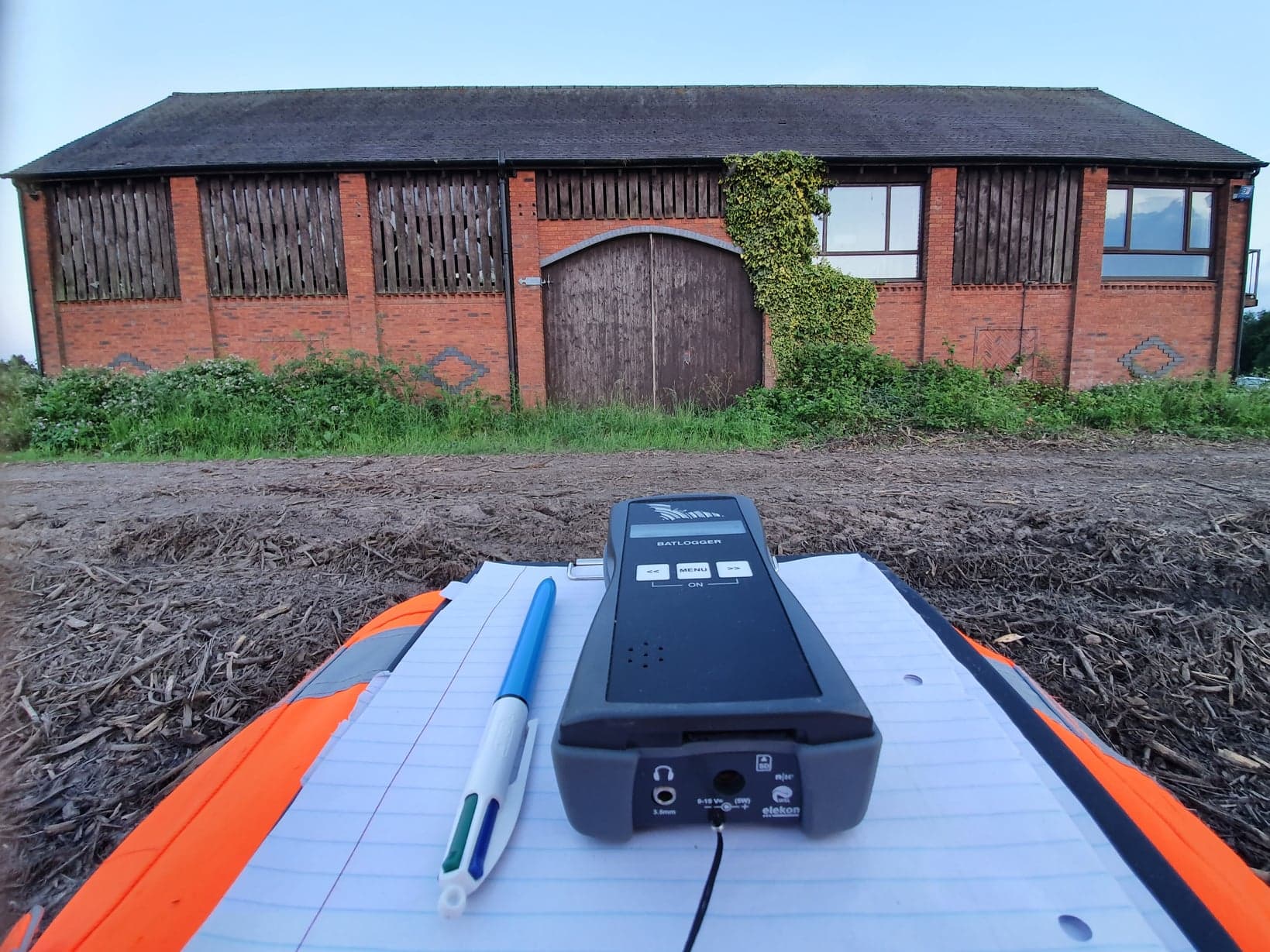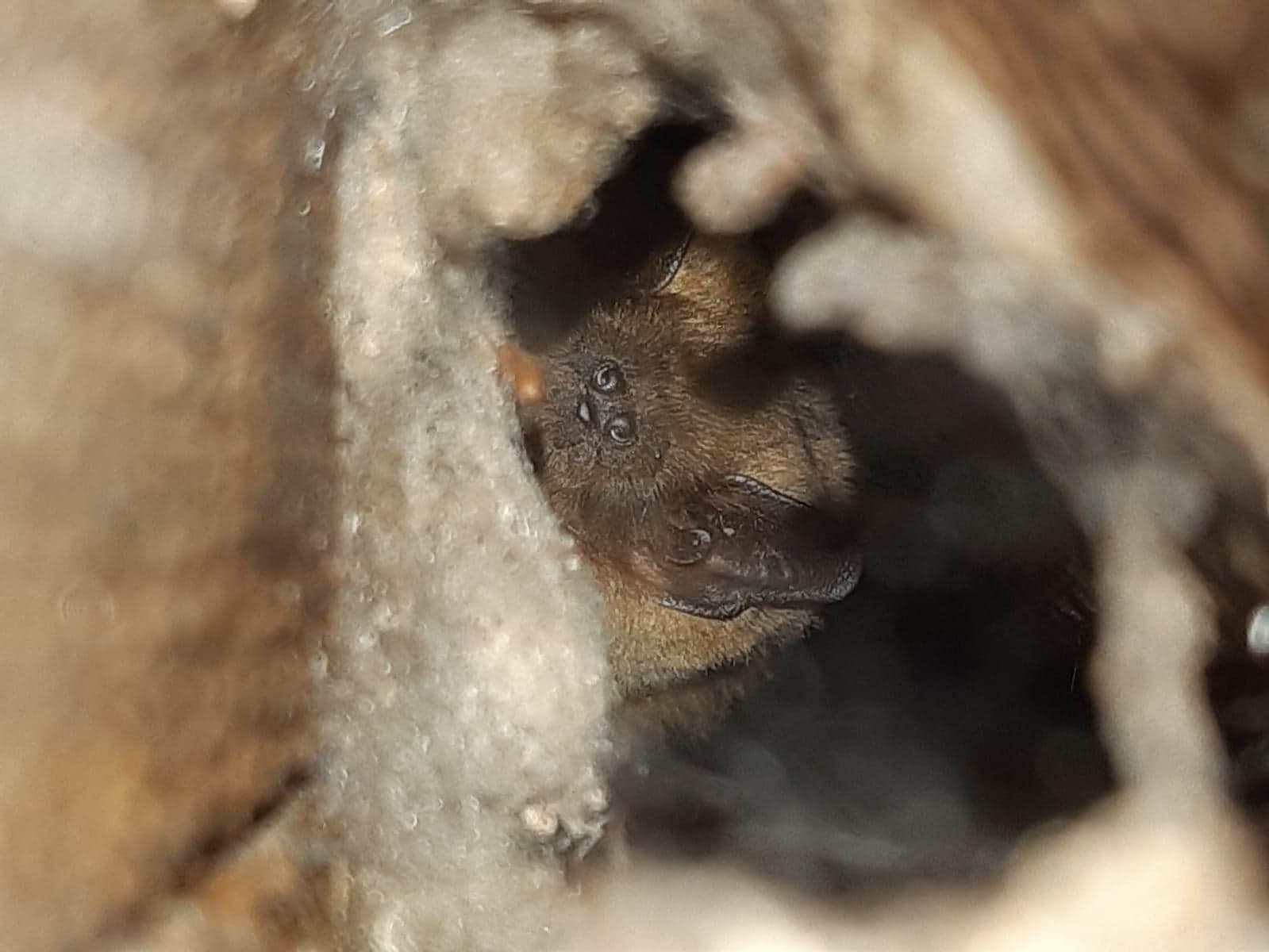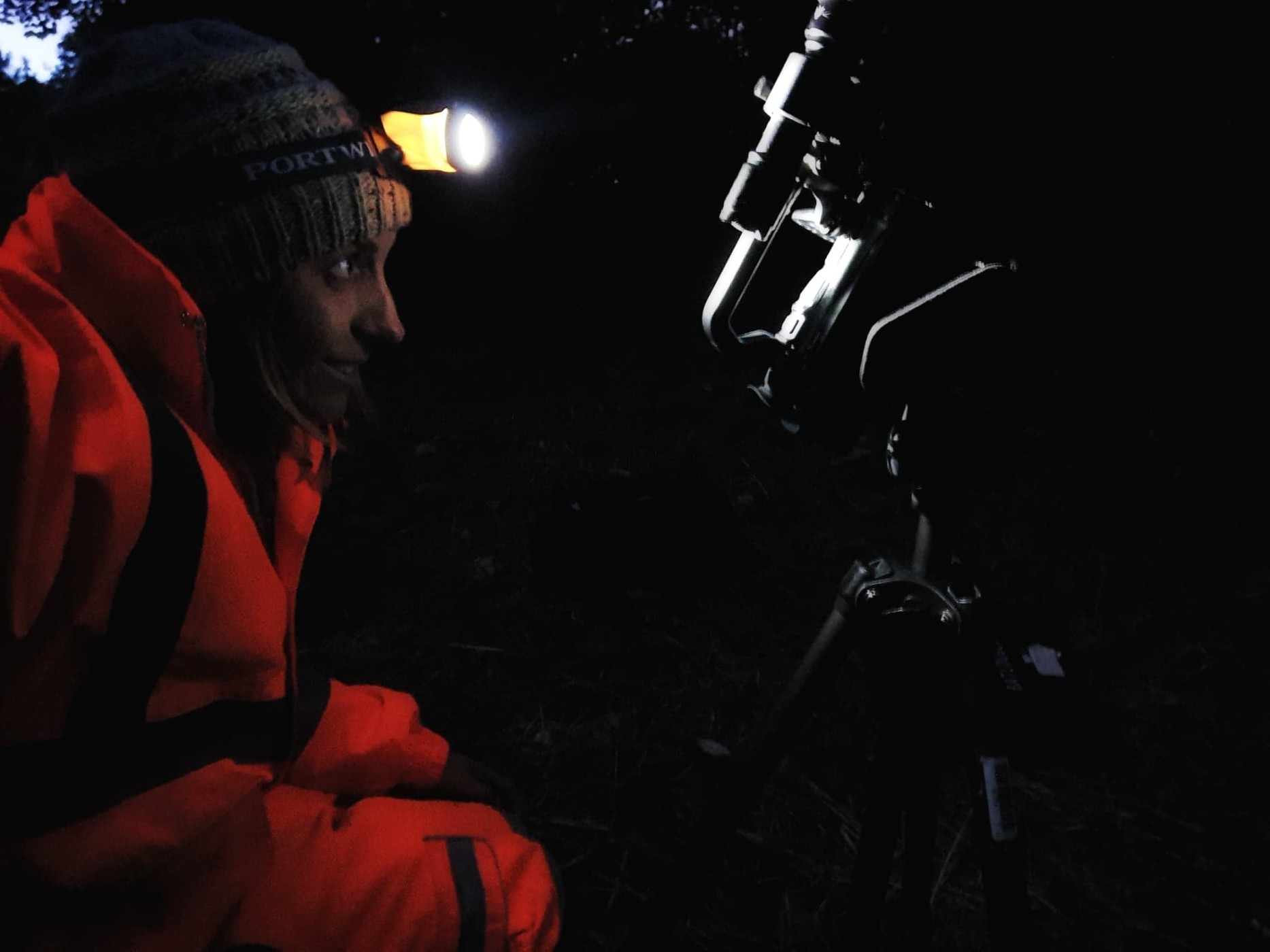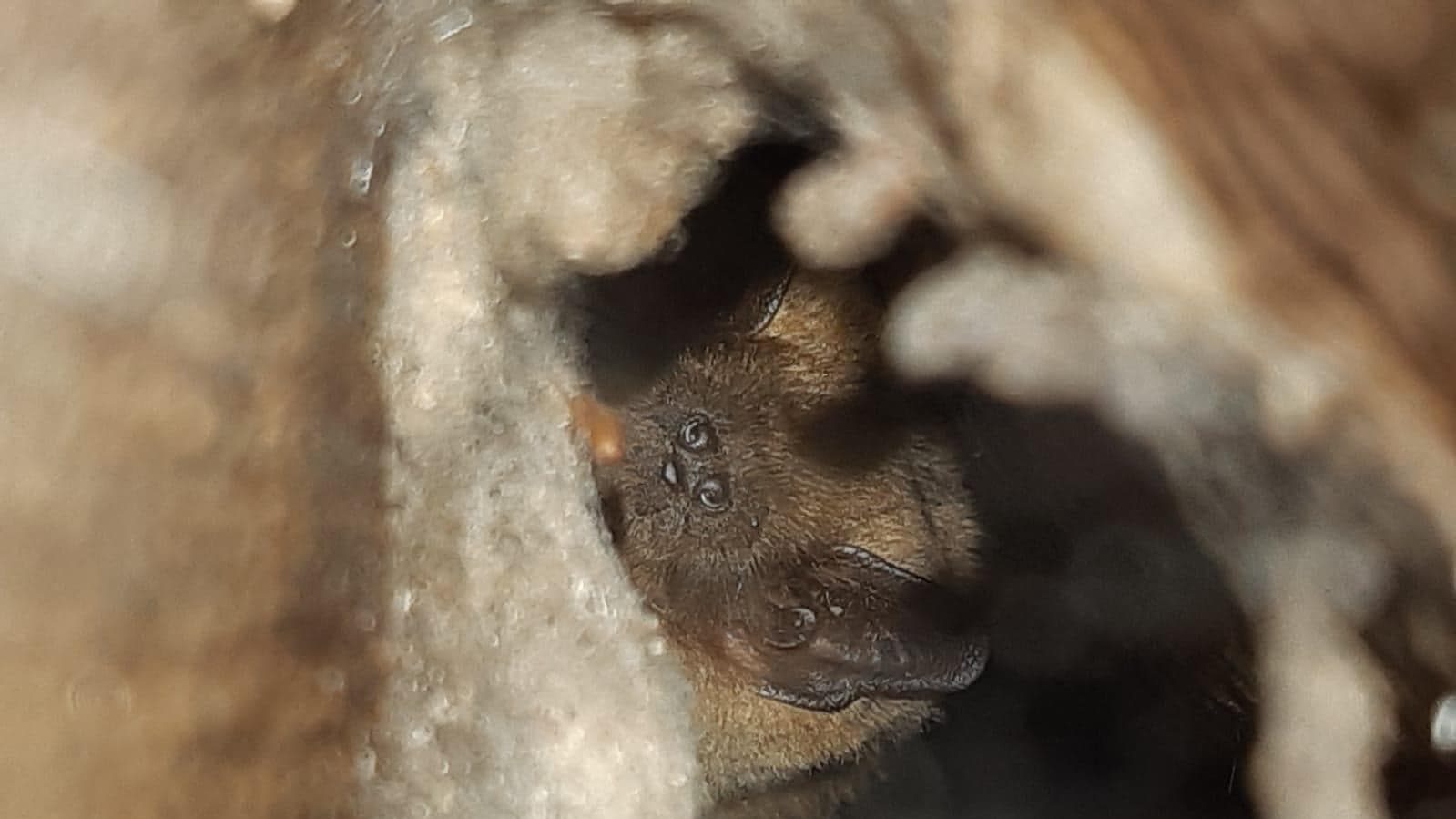Here at Thomson, we believe bats deserve some appreciation. Let’s face it, they’ve had a pretty rubbish year. Not only do people see them as scary bloodsuckers thanks to Dracula, but now their reputation has fallen even further thanks to Covid-19, for no fault of their own.
So, we are celebrating bats, our only flying mammals, for the important role they play in maintaining the world’s ecosystems.
Bat Ecology
The best time to see bats is during the summer months, on warm evenings when there is plenty of invertebrates to feed upon. During winter, when food is scarce and temperatures are low, bats will spend most of their time in hibernation, lowering their body temperature and metabolism into a state of torpor (reduced activity).
From around April, bats begin to emerge from hibernation sites spending their nights foraging for insects using specialized echolocation calls. The frequency at which bats echolocate is specific to the species but are generally all outside the frequency range for humans to hear without the aid of a bat detector that converts the echolocation calls into audible frequencies.

From May, females begin to form maternity colonies and give birth to a single pup in the early summer. In the autumn, males use special social calls to attract females during the mating season, and foraging increases to build up reserves for the winter. As the weather turns colder, bats spend longer periods in torpor until hibernation season begins again.
Throughout a bats lifecycle, they will roost in various structures including occupied and unoccupied buildings, garages, stables, outbuildings, trees, bridges and some even roost below ground in caves, tunnels and building basements. Some bats will spend long periods of time occupying the same roost. Whilst others, particularly during the summer months, choose a different roost every night.
Importance of bats
Bats belong to one of the most diverse groups of mammals, displaying a vast range of feeding and roosting behaviours. There are over 1,300 species of bats in the world, 17 of which are resident to the UK. Some of these bats are ‘indicator species’ because changes in the bat population can indicate changes in aspects of biodiversity, such as poorly managed habitats or climate change. Globally they are important pollinators with over 500 plant species relying on them to pollinate their flowers. This includes the durian fruit which relies exclusively on fruit bats for its pollination. As insectivores, they are also proficient pest controllers, with a single bat able to consume thousands of mosquitoes in a single night. This makes bats both an important economic and ecological asset.

Threats to bats
Unfortunately, threats to bats are many and varied. New development, intensive farming, building renovations, wind farms and pet cats are just some of the threats that can kill and injure bats, destroy roosts, reduce foraging habitat, fragment commuting corridors and disturb bats. Habitat loss, roost destruction and significant disturbance caused by development has a huge detrimental impact on local bat populations, particularly if bats are disturbed at a particularly sensitive time of year such as the hibernation and maternity periods.
Bats and the law
All bats and their roosts are fully protected by UK law; thus they’re afforded strict protection from deliberate killing, injuring, disturbing or taking, and their resting places are protected from damage and destruction (including when not in use). This protection is afforded under the Conservation of Habitats and Species Regulations 2017 (as amended) and the Wildlife and Countryside Act 1981 (as amended).
Bats and legal obligations for development
It is a legal obligation that planning authorities consider whether bats will be affected by any proposed development. If bats are likely to be impacted by a proposed development, a license from Natural England must be obtained in order to contravene these laws.
It is important to understand at the planning stage, to prevent unnecessary delays, whether bats may be present on site and what impacts on bats the development may pose.
Bats can roost in various structures including trees, buildings and bridges, and they are found in both rural and urban landscapes. Therefore, bats are a consideration for almost all developments types.
Our bat services
Where bats or their roosts may be affected by a development, our specialist team of licensed bat ecologists can provide expert advice to allow works to proceed lawfully and without delay. Using innovative approaches and customizing projects to produce the most time and cost-effective solutions, we are here to help. From a Preliminary Ecological Appraisal to rapidly assess whether bat surveys are required to applying for development licenses on your behalf, we have the skills, expertise and latest technology to allow your works to proceed lawfully.

How Thomson can help
If you want to learn more about what we’re doing and how we can help view our dedicated Bat Survey Service Page, or alternatively call 01483 466 000 or email [email protected]











